These 1980s Montgomery Ward's models hate you
Why?
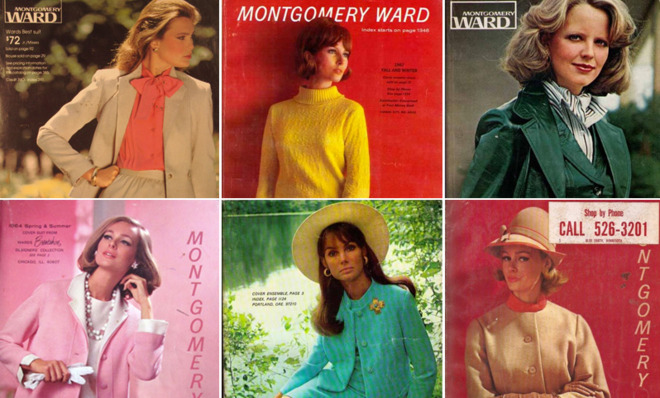

In the eerie mirror universe contained inside a 30-year-old copy of a Montgomery Ward's catalog, there is much that disturbs and baffles. Pages of baby accessories that are absolute death traps by today's standards, the absence of even the bulkiest of computers, and most conspicuously, the fashions. They are dowdy and outrageous.
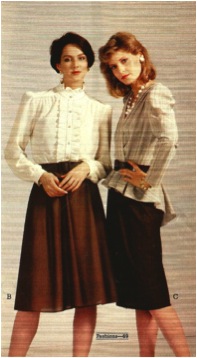
But the really odd thing about the fashion section isn't the clothes; it's the models who wear them.
Specifically, the fact that most of the adult models seem to hate the viewer. Really hate us. Women in high necked blouses and pearls regard the viewer with a withering contempt, enough to bring out the terrified seventh-grader in any woman.
The Week
Escape your echo chamber. Get the facts behind the news, plus analysis from multiple perspectives.

Sign up for The Week's Free Newsletters
From our morning news briefing to a weekly Good News Newsletter, get the best of The Week delivered directly to your inbox.
From our morning news briefing to a weekly Good News Newsletter, get the best of The Week delivered directly to your inbox.
"Oh nothing, dear. We were just admiring your culottes."
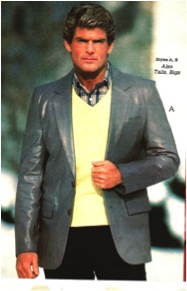
The male models look extremely inconvenienced that they had to take time out of their jobs as Lear Jet pilots to pose for these shots.
Or they look like college jocks who can only feel joy by smashing the bones and crushing the souls of the weak.
These are beautiful, unapproachable people that make me want to crawl back into the hole they obviously think I slithered out of.
A free daily email with the biggest news stories of the day – and the best features from TheWeek.com
How is that supposed to sell clothing?
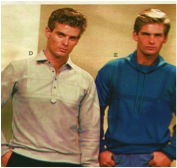
Even stranger, if you look at modern equivalents of the (now defunct) Monty's catalog, the models have changed. Check out Sears Online, for example. Twenty-first century men smile affably at the camera, like a new boyfriend or good-natured husband. Their posture is sometimes almost sheepish, as if they are embarrassed that someone is making a fuss over them.
Even the online store that now bares Montgomery Ward's name uses affable models. (This store is the result of another retailer purchasing the name and intellectual property of Wards after its bankruptcy and closure in 2000, and is an entirely different entity than the company that made the 1985 catalog).
Today, Sears' branding department engineers the look of their models with great care. Says spokesperson Amy Dimond: "When a model smiles, the energy conveyed is positive as is the idea that the model is happy wearing the look. At the same time we want a serious fashion feeling to our photography. We try to create a balance in that representation of our brands so that the overall attitude is both confident and appealing."
Not an easy task. Difficult enough, in fact, that many fashion photographers don't bother with it. They instead take a very basic psychological short-cut: scowls. And it works. A 2007 study led by Dr. Timothy Ketelaar at New Mexico State University proved what every 14 year old already knows: Smiling means you aren't cool.
Says Dr. Ketelaar: "Sometimes the advertiser must make a trade-off between advertising high status and presenting an emotionally positive image. We liked Elvis even when he sneered at us from the stage because the contemptuous sneer is typically produced by individuals with higher status. Although we don't generally like contemptuous individuals, most folks admire higher status individuals and want to be around them. Thus, the irony is that higher status brands are creating a positive image — high status — by using a negative signal (lack of a smile)."
Today, high-end label models still rarely smile. They don't look angry, nor do they look charmingly sheepish. They are 21st century apathetic, not noticing you're there. Because they're better than you, and you want to be like them. This may not be true, on any level, but try telling your evolutionary psychology that.
As for the fallen Montgomery Ward: the company was likely trying to be one of the cool kids by imitation. The retailer's clothing was completely mid-range, some might even say bargain-range. How did they pull it off?
In the mid-80s, our culture hadn't hit the Era of Cynicism. We hadn't yet cultivated the extreme sensitivity to, and desire to mock, anything that seems fake or pretentious. Now most people get their news via (very effective) sarcasm, and Hollywood's most promising young star is adored not for her composure and grace, but her tendency to blurt out inappropriate honesty. We don't trust polish and poise anymore. Thirty years ago we weren't so jaded. To the people of 1985, those models looked sophisticated, the kind of people who only wear the finest of pull-overs and polyester skirts.
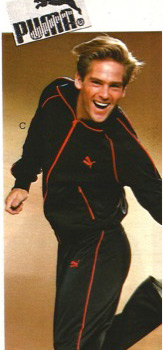
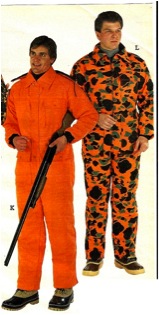
And it's also a possibility that the advertisers of the 1980s just hadn't yet mastered the art of the approachable but sophisticated presentation.
Because, bless their hearts, when they tried, this was the result.
More than a tracksuit. Fabulousness in fabric form.
1985! No background check for firearms! If you hear voices saying only you can stop the oncoming Armageddon, that's your own business.
Therese O'Neill lives in Oregon and writes for The Atlantic, Mental Floss, Jezebel, and more. She is the author of New York Times bestseller Unmentionable: The Victorian Ladies Guide to Sex, Marriage and Manners. Meet her at writerthereseoneill.com.
-
 How will China’s $1 trillion trade surplus change the world economy?
How will China’s $1 trillion trade surplus change the world economy?Today’s Big Question Europe may impose its own tariffs
-
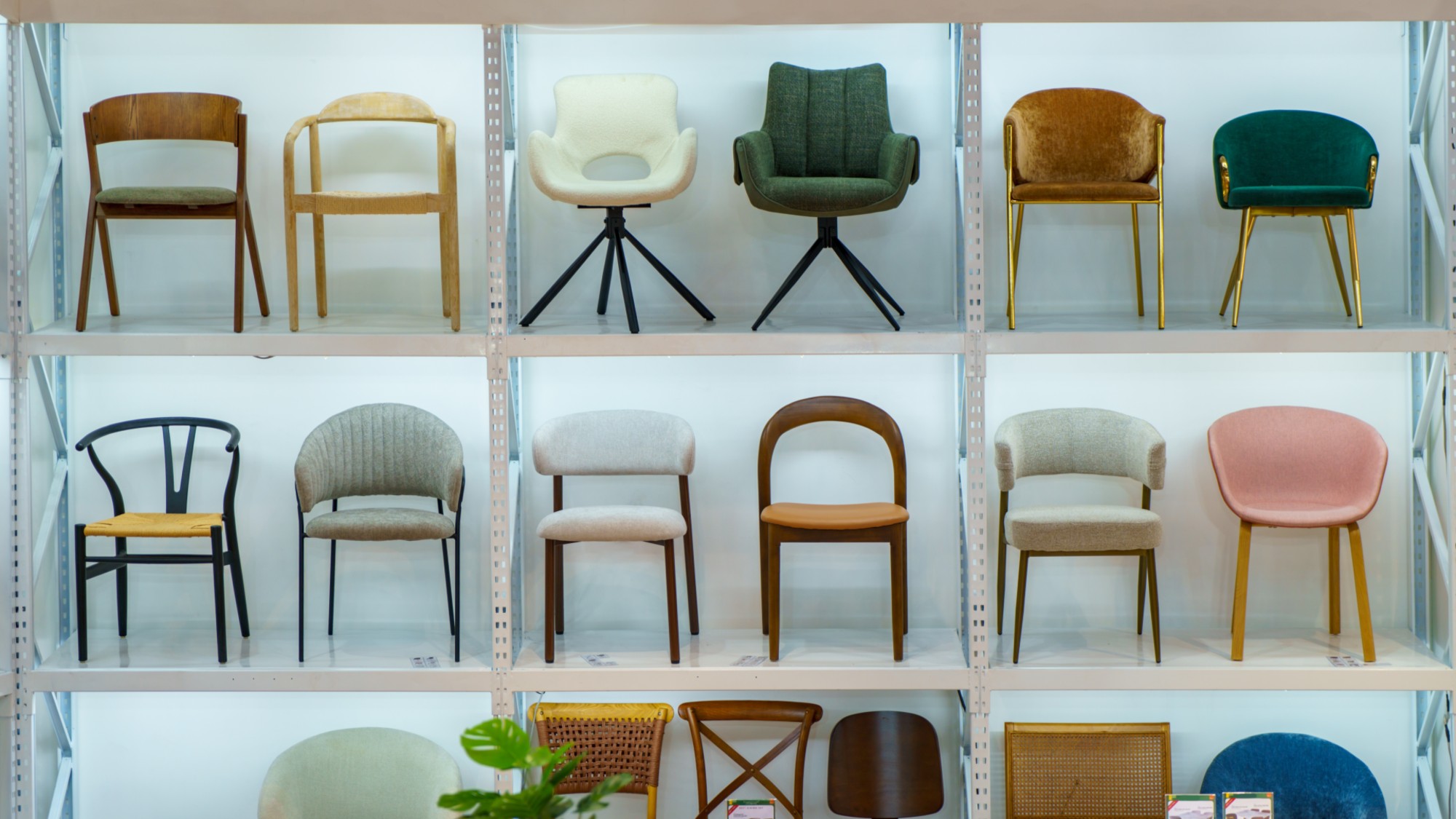 ‘Autarky and nostalgia aren’t cure-alls’
‘Autarky and nostalgia aren’t cure-alls’Instant Opinion Opinion, comment and editorials of the day
-
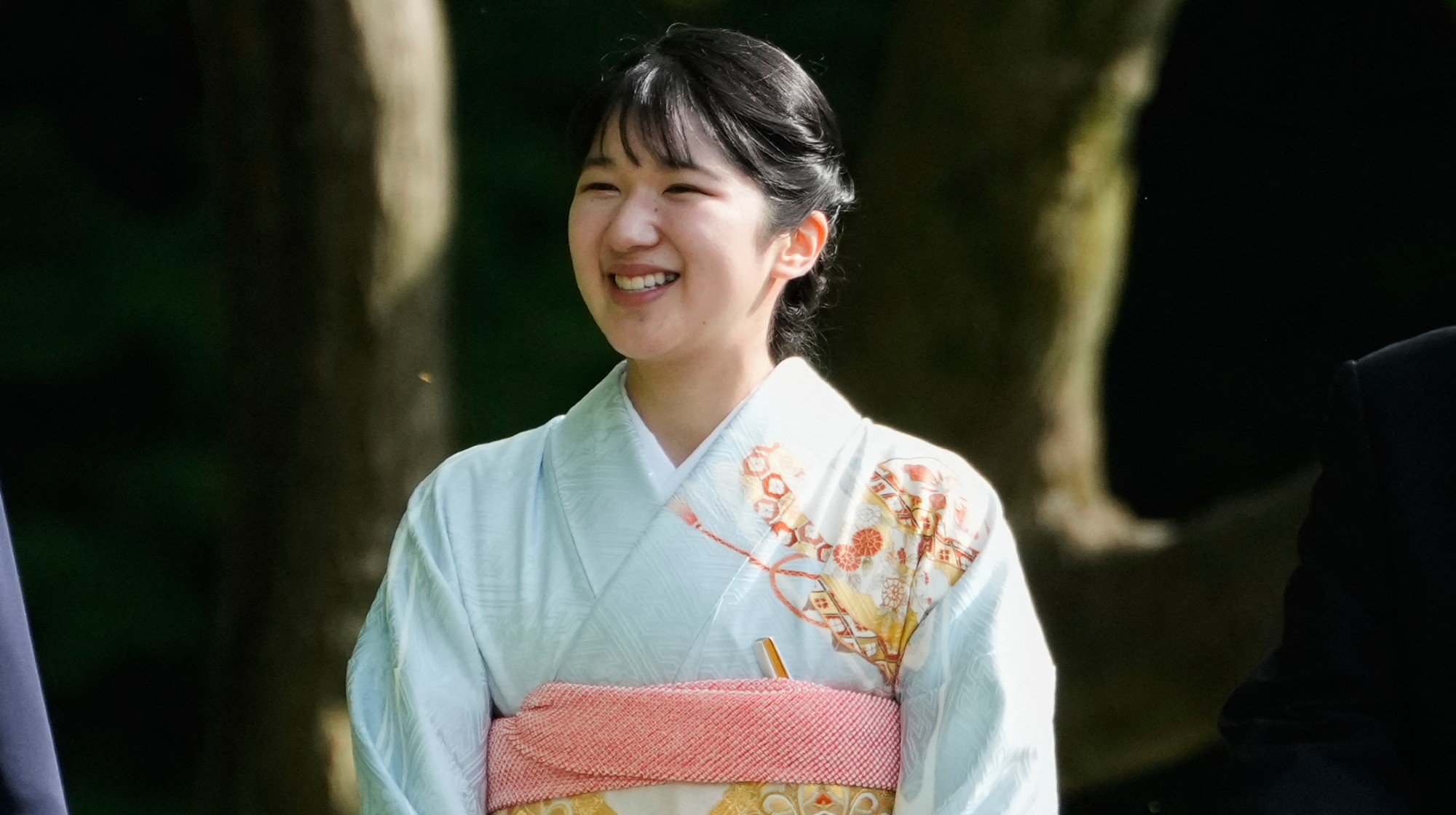 Japan’s Princess Aiko is a national star. Her fans want even more.
Japan’s Princess Aiko is a national star. Her fans want even more.IN THE SPOTLIGHT Fresh off her first solo state visit to Laos, Princess Aiko has become the face of a Japanese royal family facing 21st-century obsolescence
